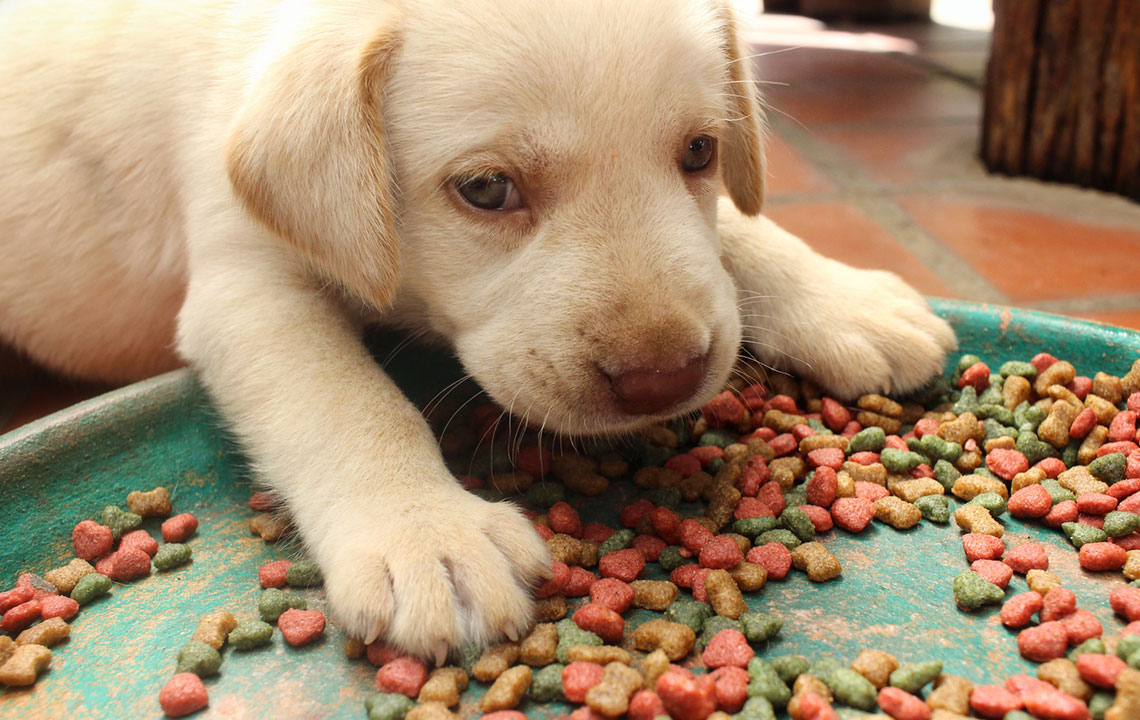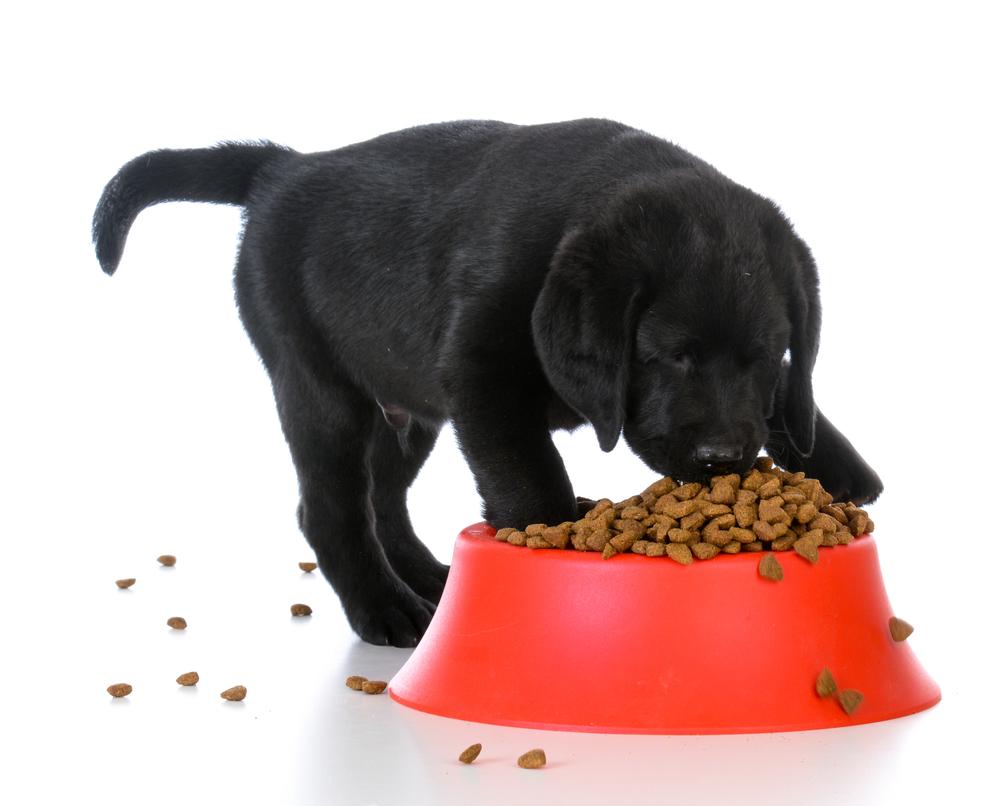Essential Tips for Choosing the Perfect Puppy Food
Choosing the right puppy food is vital for your pet's health. This guide covers key factors including nutritional needs, feeding schedules, food types, and label reading tips to help new puppy owners make informed decisions for their furry friend's well-being.
Essential Tips for Choosing the Perfect Puppy Food
Selecting the ideal puppy food can feel overwhelming, especially if it's your first time. With numerous brands available, making the right choice requires careful consideration.
At eight weeks old, puppies need double the calories of adult dogs and require higher levels of nutrients like calcium, protein, fats, and phosphorus. Providing balanced nutrition is crucial because both excess and insufficient amounts can lead to health issues.

Foods formulated specifically for puppies maintain proper calcium and phosphorus ratios, along with adequate protein and calorie content.
Determine feeding frequency for your puppy
Similar to infant feeding schedules, puppies thrive on multiple small meals daily, tailored to their caloric and nutritional needs. Most puppies do not finish meals quickly, so establishing regular feeding times within a 10-20 minute window helps develop routine and ensures proper intake.
Consult your veterinarian to better understand your puppy's dietary needs and suitable food options.
Know your puppy's current diet
Transitioning to a new home can be stressful for puppies, so it's best to initially feed them familiar food to prevent digestive upset like diarrhea. Your vet might recommend specific foods to support your puppy’s health during this adjustment period.
Monitor your puppy's growth
Use online growth charts to track your puppy’s weight and development against breed standards. Adjust your feeding plan accordingly to promote healthy growth.
Portion control Observe your puppy’s response to feedings, noting their body condition and leftovers. Portion size varies based on metabolism, size, and nutritional needs. If your puppy skips meals or leaves food, it indicates hunger levels or fullness, guiding portion adjustments.
Choosing the right food type Deciding between dry kibble, wet food, or a mix can be confusing. Reputable brands formulate their products with expert input for both small and large breed puppies.
Kibble – Cost-effective, widely available, and promotes dental health through chewing.
Canned food – More expensive and palatable, but requires careful selection for balanced nutrition, especially products labeled “all-meat”.
Semi-moist options – Packaged in single servings, these resemble hamburgers and appeal to puppies visually.
Moistening kibble with water or wet food can enhance flavor and encourage eating.
Read labels thoroughly Always check product labels for accurate information. Look for details like ingredient list, nutritional adequacy statement, guaranteed analysis, manufacturer info, and feeding instructions. If anything seems unclear or questionable, research or consult your veterinarian.










